The Toyota Tundra is a durable pickup truck that in 2021 again landed on Kelley Blue Book’s top 10 list of vehicles with the best resale value. However, despite its longtime near-perfect record, some model years–both new and old–face problems that can cost thousands in repairs, and some Tundras should be avoided altogether.
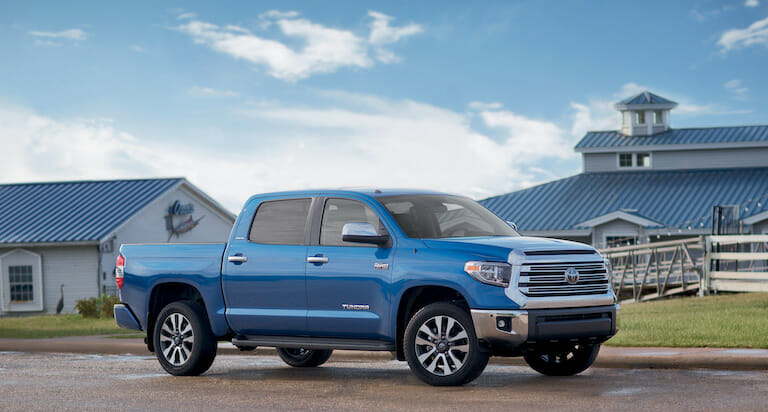
Key Points
- Early Toyota Tundras from 2000 to 2006 are known to develop transmission issues due to a common failure in the cooling system that causes coolant and transmission fluid to mix.
- The 2006 Tundra has the most reported problems that resulted in 13 recalls and over 450 registered complaints.
- The 2012 Tundra is one of the worst model years to own, with owners reporting severe engine problems.
- 2013-2015 Tundras are considered the best to own but carry over some of the same problems found in previous years.
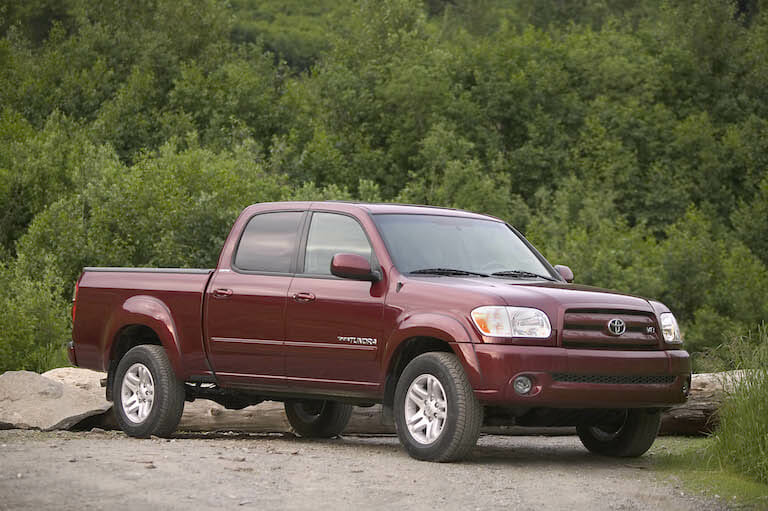
2000-2006 Toyota Tundras Faced High Number of Recalls Over Several Expensive Problems, Including Major Issue with Transmission Failure
It’s not a good sign when a problem is so common that owners have a nickname for it. For the Toyota Tundra, the issue is dubbed the “strawberry milkshake.” It is one of the most serious incidents encountered in early Tundras and can cause complete transmission failure.
Most common on 2000 through 2006 models is an issue with the automatic transmission’s cooling system, which is known to rupture and mix the system’s coolant with transmission fluid.
This mixture becomes the strawberry milkshake-looking fluid that will cause the transmission to overheat.
If the problem is not addressed and the transmission needs to be replaced, the cost could be over $3,500.
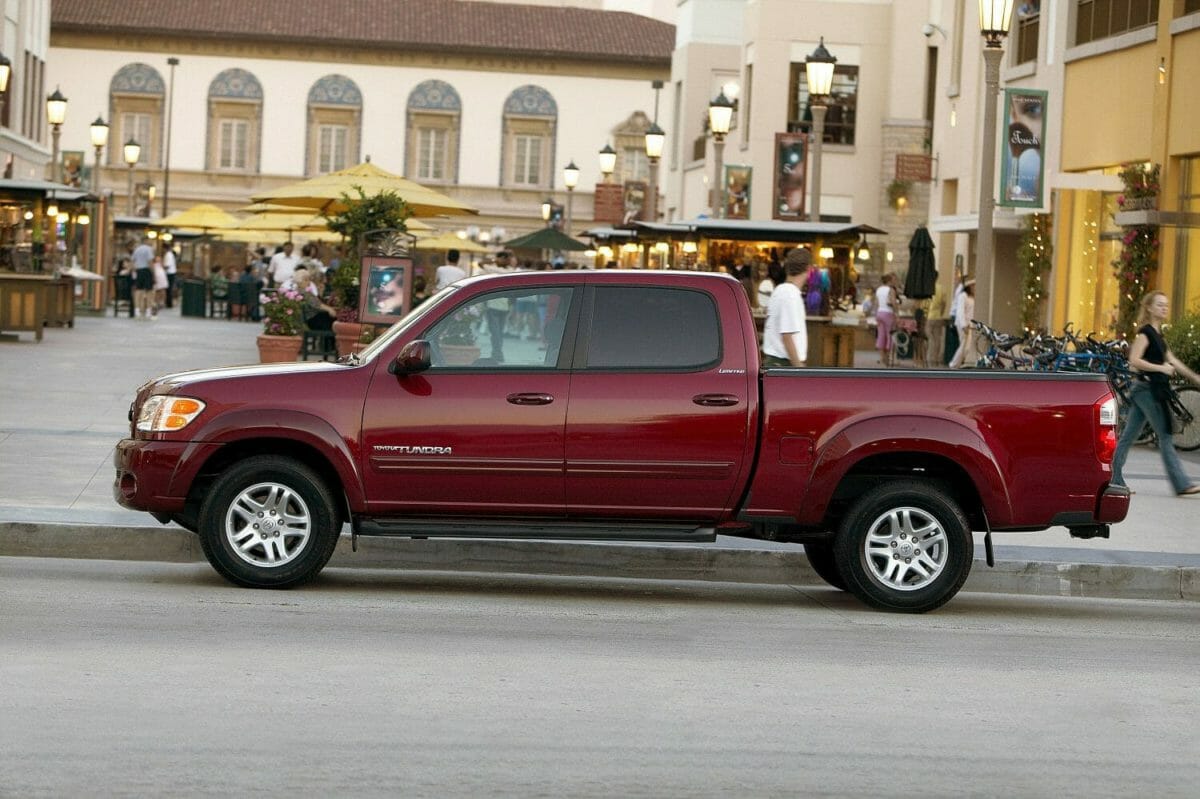
Air Pump Failure and Premature Wear on Ball Joints can Cause Havoc On Early to Mid-2000s Tundras Before 100,000 Miles
Another common complaint about early Tundras from 2000-2006 is over air pump failure, which can reduce fuel economy and cause problems with vehicle emissions. Unfortunately, it isn’t a cheap fix.
Car Complaints shows the average repair cost of this pump to be over $1,700. Even worse, owners say the problem frequently occurs before 100,000 miles.
First and second-generation Tundras also have reported issues with premature wear on the lower ball joints. Although the issue was addressed through a recall, not all years are covered.
Tundras that are not covered will need to be paid for by the owner, at an average cost between $344 to $542, according to Repair Pal.
2006 Tundra is the Worst Year Among Early Models Due to 13 Recalls Covering Mostly Dangerous Issues like Exploding Airbag Inflators and Heated Seats that May Catch Fire
Regarding the early Toyota Tundras, 2006 in particular is a model year to avoid. The 2006 Toyota Tundra was recalled 13 times for many serious issues, and most pertain to malfunctioning airbags, including front airbag inflators that may explode during deployment, causing metal fragments to strike the vehicle occupants.
Also, there are concerns over a master cylinder leak, premature ball joint wear, problematic transmission, and faulty seat heater electrical wiring that could short, increasing the risk of the seat burning and causing injury to the occupant.
All things considered, the 2006 Tundra has all the worst issues.
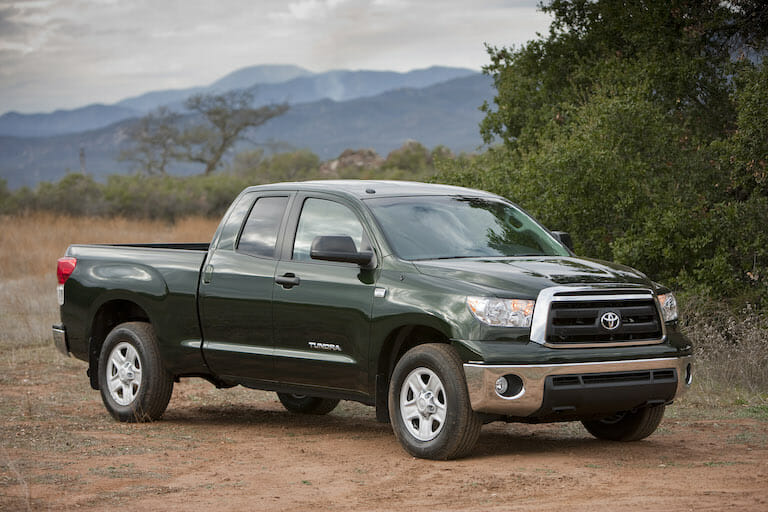
Avoid 2010 and 2012 Tundras, which are Prone to Engine Problems and a Sticky Accelerator
The second-generation Toyota Tundra is a reliable truck, with some examples reaching 300,000 miles. But issues are still frequent on some of the newer Tundras.
The 2010 Tundra has had 16 recalls, including for problems with random loss of power steering, and a sticky accelerator pedal that may become hard to depress, slow to return to idle, or get stuck in a partially depressed position, increasing the risk of a crash.
Additionally, the 2010 Tundra has been recalled for wiring flaws, which may cause components like the heated seats and power window master switch to overheat and melt, increasing the risk of a fire.
Unfortunately, the issues continue into the newer models. The 2011 Tundra has a problem with a poorly cast driveshaft slip yoke susceptible to breaking. But it’s the 2012 model that stands out as a year to avoid.
Though the 2012 Tundra has had far fewer recalls than other years (four recalls total), it is one of the pickup truck’s worst years. The 2012 model not only carries over some of the issues from previous years, but it is also known to have severe engine problems.
The 2012 Tundra has a total of 67 NHTSA complaints about engine and power train issues, including problems with random engine stall at highway speeds.
The high repair costs associated with the engine problems led Car Complaints to rate the 2012 Tundra as the worst year for the model.
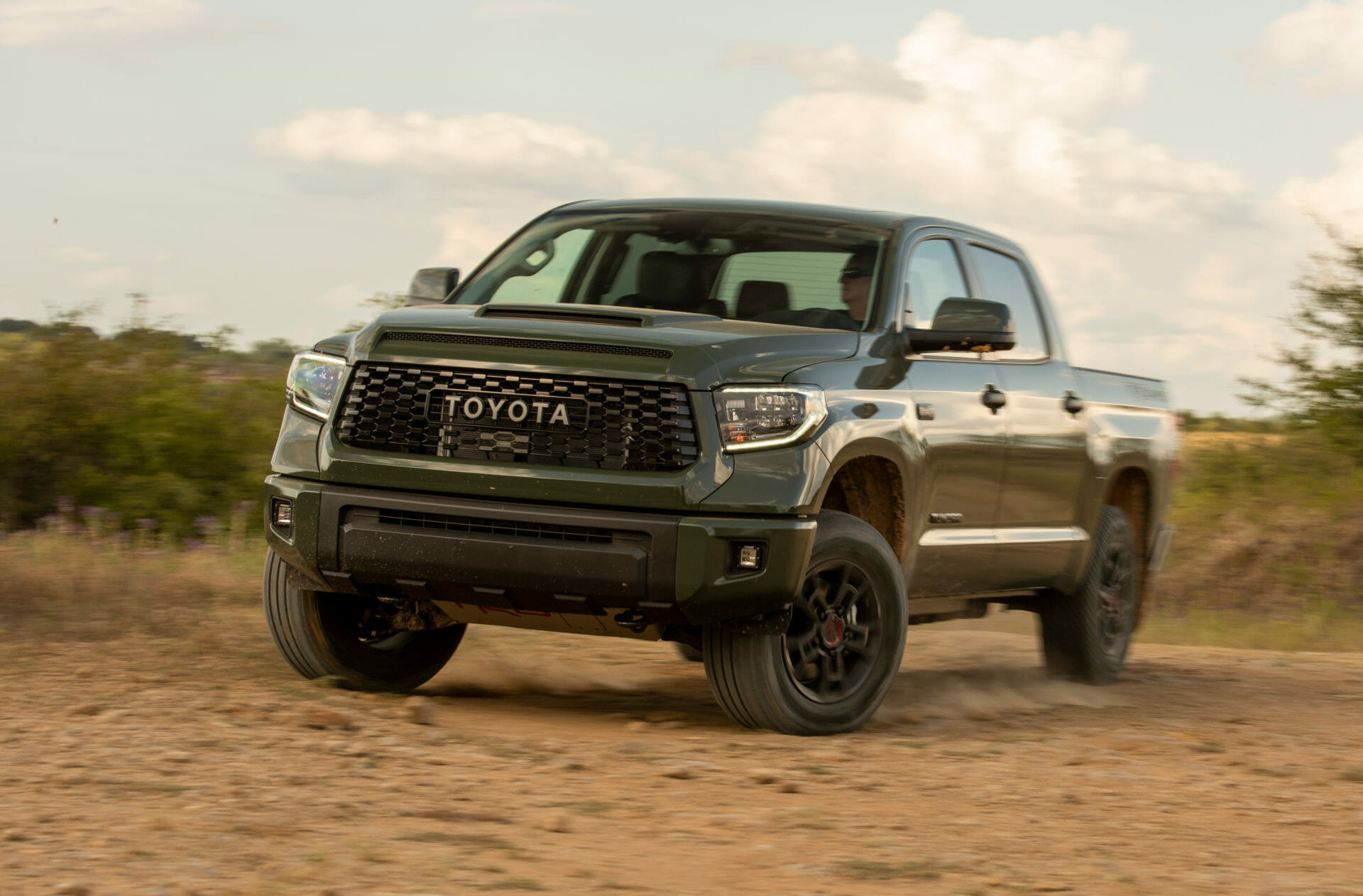
Modern Toyota Tundras have Most of the Problems Worked out and Therefore are the Best Long-term Choice
From 2013 onwards, the Toyota Tundra’s issues are considerably less frequent. According to Consumer Reports, the 2013–2015 Toyota Tundras are among the best and most reliable years to own, as many of the significant issues have since been sorted out.
The more modern Tundras from 2013 to 2021 also have fewer recalls than years prior. The 2019 Tundra is an exception that was recalled 10 times, including for airbags that don’t deploy in an accident.
Avoid the 2006 and 2012 Tundra’s problems and look for a 2013 or newer model, which is more likely to have the lowest number of major problems and be the most reliable for years to come.
Photos: Toyota
